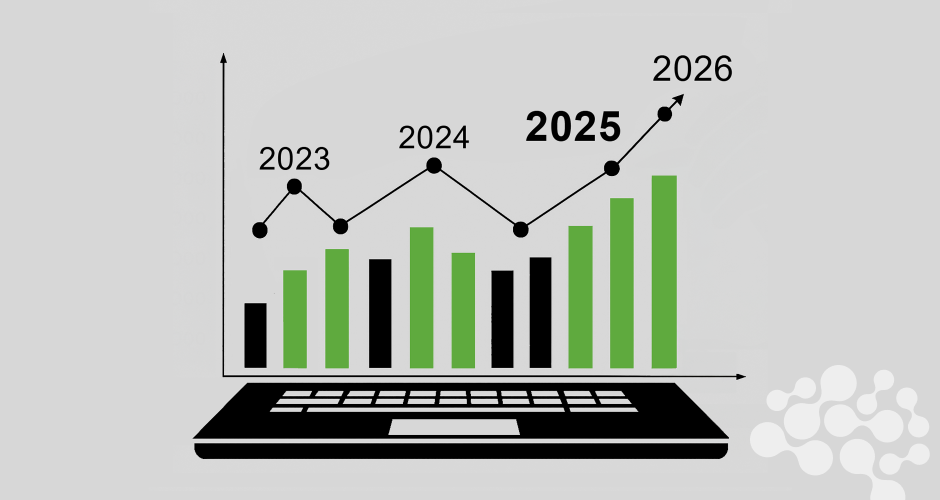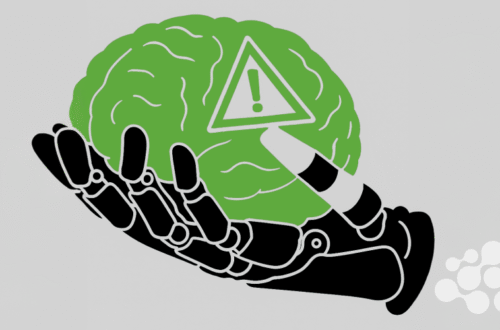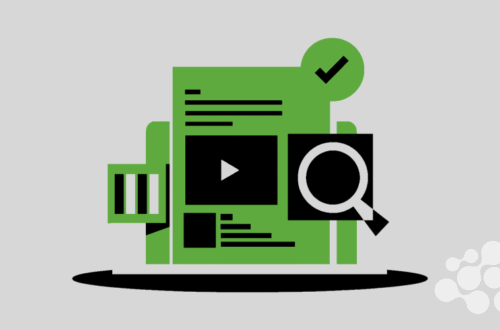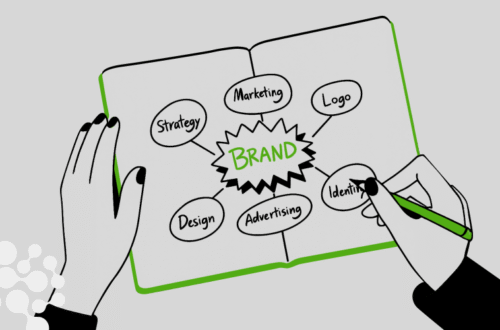It’s no secret that data is marketing’s best friend. But with 2026 around the corner, the way we use that data is evolving fast. The tools are smarter, privacy rules are tighter, and expectations from customers? Sky high.
If you’re in marketing and still trying to catch up with what’s changing, you’re not alone. Here’s a breakdown of 8 data-driven marketing trends that are not only picking up pace but will be essential for staying competitive in 2026.
1. Predictive Analytics Will Stop Being Optional
Let’s face it: reactive marketing is yesterday’s game. In 2026, predictive analytics will become a default part of marketing stacks. With AI and machine learning baked into most platforms, marketers can now forecast customer behavior, buying cycles, churn risk, and more with uncanny accuracy.
What does this mean practically? Expect to see more campaigns triggered before the customer even realizes they’re ready to buy. It also means tighter budgets, since predictive models reduce guesswork and wasted ad spend.
If you’re still only looking at dashboards after the fact, now’s the time to shift.
2. First-Party Data Will Take Center Stage
Third-party cookies are nearly extinct, and the privacy spotlight isn’t going anywhere. Brands that haven’t built a strong first-party data foundation will find themselves left behind.
But collecting data is just the first step. The real winners in 2026 will be the ones who can make that data usable. Clean CRMs, unified customer profiles, and real-time segmentation are all part of the equation.
This also means more brands will rethink how they incentivize users to share data, whether it’s exclusive content, loyalty points, or just better experiences.
3. Hyper-Personalization Will Go Beyond the First Name
Remember when “Hi [First Name]” felt personal? Not anymore. In 2026, hyper-personalization means understanding not just who someone is, but where they are in their journey, why they’re interacting with your brand, and how they prefer to do it.
We’re talking dynamic website content, real-time offer customization, and even personalized pricing in some sectors. AI tools are enabling brands to move beyond segments to individual-level personalization at scale.
If you’re still sending batch-and-blast emails, it’s time to revisit your strategy.
4. Customer Data Platforms (CDPs) Will Go Mainstream
Think of a Customer Data Platform as mission control for your marketing data. CDPs pull information from all your tools, CRM, website, apps, support channels, and unify it under one roof.
While CDPs have been around for a while, 2026 is when they’ll really hit their stride. Expect more mid-sized businesses to adopt them as costs come down and usability improves.
A well-implemented CDP means better targeting, smoother automation, and cleaner attribution. It also ensures compliance with data privacy regulations, which is becoming table stakes.
5. Real-Time Marketing Will Become the Norm
The days of planning a campaign three months in advance and hoping it lands? They’re fading. In a world where users expect instant gratification and trends change overnight, real-time marketing is becoming non-negotiable.
We’re seeing more brands use data signals, like location, behavior, or even weather, to trigger content in real time. Push notifications, ads, even product recommendations are now being adjusted on the fly.
This shift requires fast data processing, automated decision-making, and nimble creative teams. It’s a challenge, but it also opens up serious competitive advantages.
6. Data Ethics Will Be a Competitive Advantage
Consumers are more aware than ever about how their data is used. And in 2026, it won’t just be about following the law, it’ll be about earning trust.
Brands that are transparent about what they collect, why, and how it benefits the customer will stand out. Expect to see more marketing campaigns that highlight ethical data use as a value proposition.
There’s also a growing interest in “zero-party data”, information customers voluntarily share, like preferences or intentions. It’s a goldmine for personalized marketing, and it comes with built-in consent.
7. AI-Powered Creative Will Bridge the Gap Between Data and Imagination
AI-generated content isn’t just a novelty anymore. It’s becoming a core part of data-driven marketing. In 2026, marketers will use AI not just to write copy, but to generate visuals, videos, headlines, and even entire campaign concepts, based on performance data.
The goal isn’t to replace human creativity, but to amplify it. AI can test hundreds of versions of a creative idea in seconds, optimizing based on what performs best in real time.
The best marketers will be those who learn to steer the machine with strategy, storytelling, and context.
8. Marketing and Revenue Teams Will Share the Same Metrics
Finally, the silos are crumbling. In a data-driven world, marketing’s role in driving revenue is more visible than ever. Attribution models are improving, dashboards are more accessible, and everyone’s speaking the same language: ROI.
In 2026, expect tighter integration between marketing, sales, and customer success teams. Shared data pipelines, common KPIs, and unified goals will become standard.
For marketers, this means less chasing vanity metrics and more focus on pipeline influence, lifetime value, and revenue contribution. It’s a shift that can feel uncomfortable, but it’s ultimately empowering.
A Final Word
The data-driven marketing landscape in 2026 isn’t about having the most tools or the biggest budget. It’s about knowing your customer deeply, respecting their privacy, and delivering value at every touchpoint. And all of that is built on good data.
If there’s one takeaway, it’s this: don’t wait for perfection. Start refining your data stack, experimenting with AI, and investing in customer trust today. The brands that succeed in 2026 won’t be the ones who did everything right from the start. They’ll be the ones who kept moving.
Let data guide you, but keep the human at the center.






